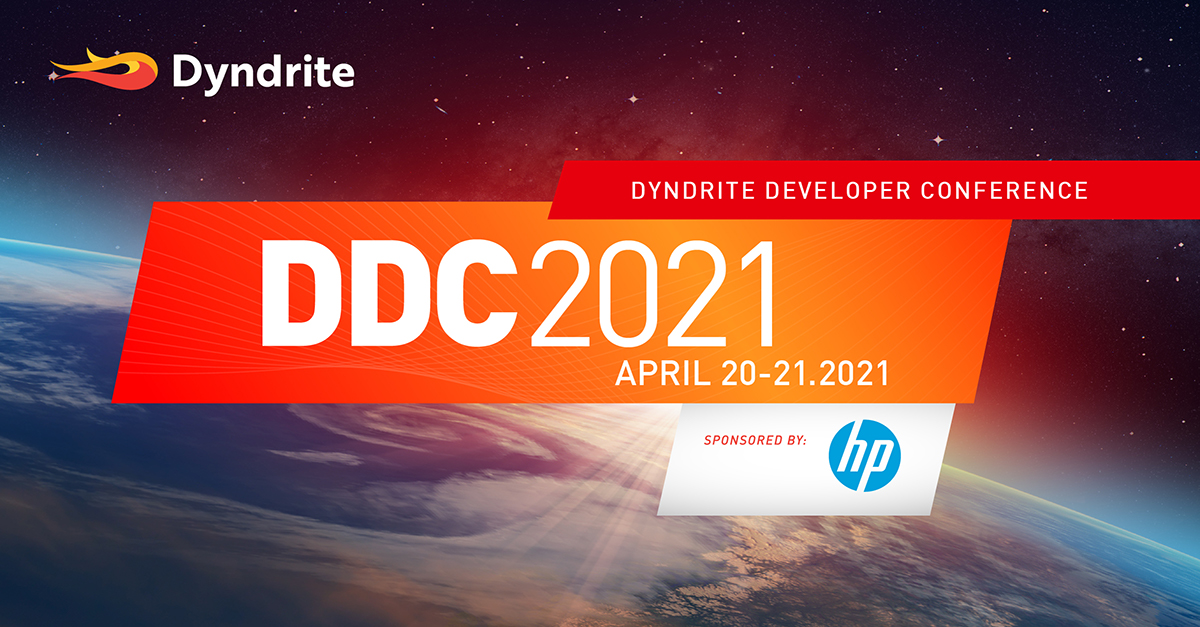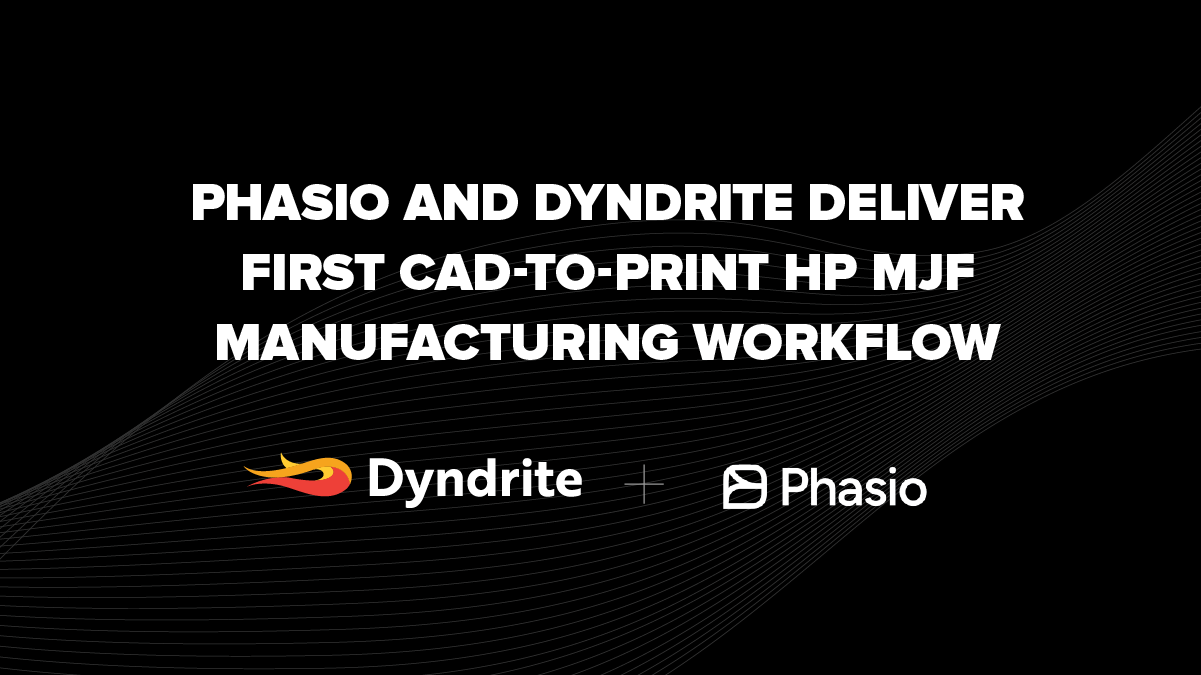Software is Killing Additive Manufacturing
Why the Industry Needs an Accelerated Raster Pipeline

3D printers are getting more sophisticated. They are coming with increased build sizes, finer resolutions, and enabling more complex toolpathing, with more parameters. As an OEM, you also know your customers are designing bigger and more complex parts while expecting to nest more and more within a build. As a result, build data is exploding in size and if not already an issue, is about to cause critical productivity issues for your customers.


As identified in images 1a and 1b, 3D print build size and resolution has grown across the decades, and as a result 3D print slice data file size has grown cubically and will continue to do so. The growth trajectory for 3D print slice data file sizes now starts to become a cause for concern over the time it takes to process and then transmit to your 3D printers. It is a data explosion problem that AM OEMs and end users are not yet prepared to solve.
Throughout this decade, your customers’ desktop computers and servers will increasingly need to be capable of delivering terabytes of build and slice data, which then has to be transmitted to the 3D printer. With these data sizes, next generation networking would be the only solution or OEMs can instead opt to include a modern ‘Digital Front End’ in their 3D printers.
What is a “Digital Front End”?
The term Digital Front End was born in the 2D printing world when Postscript was created. Raster Image Processor (RIP) software, contained within the printer hardware itself, allowed a wide variety of vector graphic formats to be quickly translated to high resolution raster images and then printed. It was a revolution in 2D printing.
As part of a collaboration with Z by HP, NVIDIA and Dyndrite’s Accelerated Computation Engine, additive OEMs can take the opportunity to deliver an ‘Additive Digital Front End’ (DFE) - high-performance raster build slicing within the 3D printer. It has the chance to deliver a similar revolution that was delivered in 2D printing so many years ago.
You can see more about this topic on the video below.
Find out more on this topic by attending Dyndrite Developer Conference 2021, April 20-21 (virtual event)
 Register for DDC2021. It's free!
Register for DDC2021. It's free!



